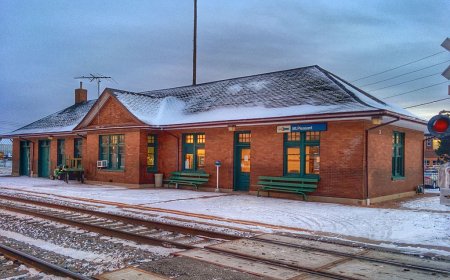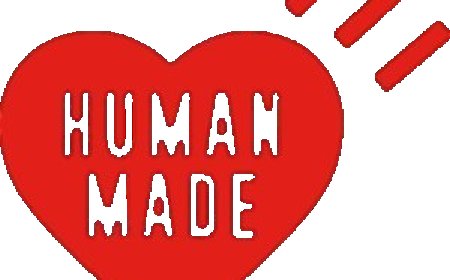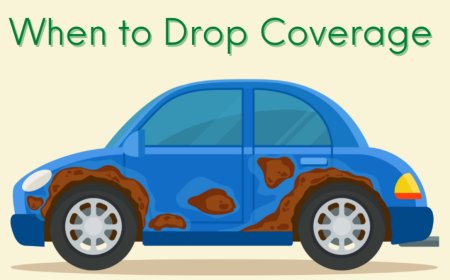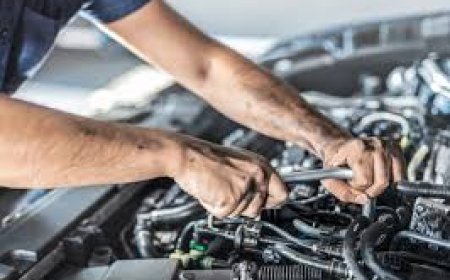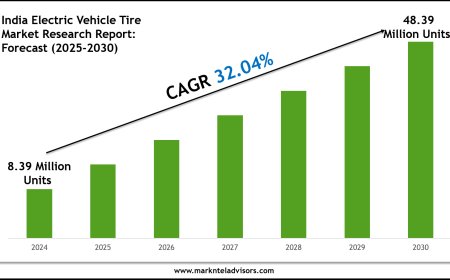Beyond the Fence: A Day in the Life of a Modern Car Wrecker Yard
Step inside a modern car wrecker yard and explore how old vehicles are dismantled, recycled, and repurposed in today's auto recycling industry.
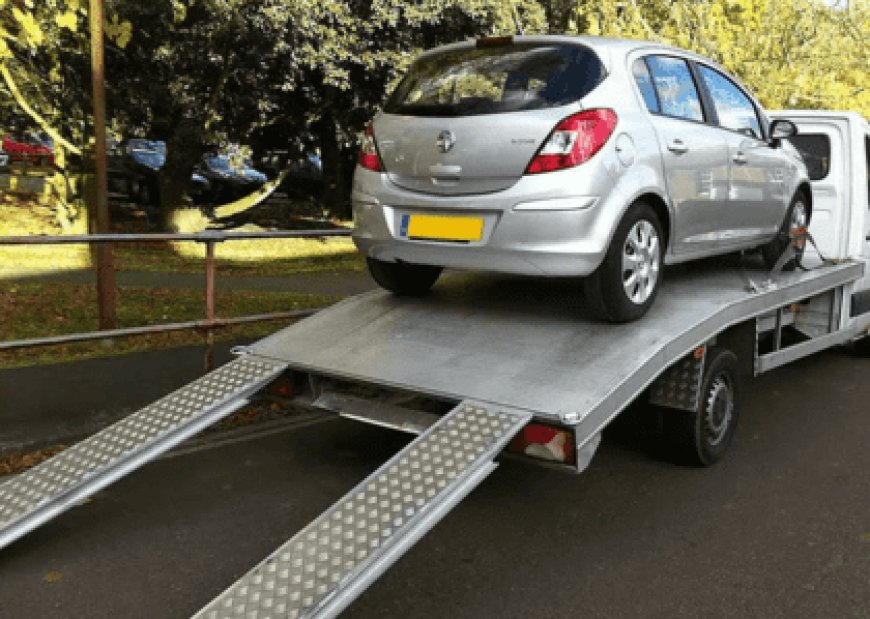
When most people think of a car wrecker yard, they imagine piles of rusted metal, oil-stained concrete, and the sound of tools clanging against steel. While this image is not entirely wrong, todays car wrecker yards operate in a way that might surprise many. These places are more than just metal graveyards. They are organised, busy environments that play an important part in both the auto industry and environmental sustainability.
This article takes a deep look inside what really happens beyond the fence, from early morning inspections to late-day shipping of salvaged parts. It explains how vehicles move through the yard, who does what, and how it all fits together.
Early Morning: The Arrival of Wrecks
The day at a car wrecker yard begins early. By 7 a.m., trucks start arriving with vehicles collected from various sourcesinsurance write-offs, private sellers, auctions, and roadside breakdowns. Each vehicle comes with a story, whether it was involved in a collision or simply reached the end of its mechanical life.
Staff at the entrance inspect paperwork and check the VIN numbers to ensure everything is recorded correctly. Once logged, each vehicle is tagged with a unique code and added to the digital inventory system. This helps keep track of parts and their availability across the yard.
Vehicle Assessment and Sorting
After initial inspection, the vehicles are taken to the assessment area. Here, mechanics and dismantlers take a good look at the engine, transmission, panels, tyres, and other components to see what can be reused or sold.
Some facts:
-
On average, 80% to 85% of a vehicles materials can be recycled or reused.
-
Fluids like engine oil, transmission fluid, brake fluid, and coolants are safely drained and stored for recycling.
-
Valuable parts like alternators, radiators, catalytic converters, and air conditioning units are removed first due to high demand.
Each part removed is tested for working condition, cleaned, labelled, and placed into inventory. Parts that are too damaged go to metal recycling.
Managing Inventory: Order Behind the Chaos
To an outsider, a wrecking yard may look like chaos, but inside, it follows a system. Every part taken from a vehicle is entered into a computerised catalogue. These systems allow mechanics and customers to check availability without needing to walk through the entire yard.
The yard is typically divided into zones:
-
Parts Storage: Shelves for engines, gearboxes, and other components.
-
Scrap Holding: Sections for metals waiting to be crushed or sold.
-
Tyre Bay: For sorting, testing, and storing used tyres.
-
Battery Station: Batteries are tested and charged where possible.
This organised approach means fewer delays, reduced waste, and easier access to parts when needed.
The Role of Skilled Workers
A modern wrecker yard relies on more than machines. People with practical skills and technical knowledge keep everything running smoothly.
Dismantlers
These workers strip cars safely and efficiently. They know how to remove parts without damage and understand how different models are built.
Mechanics
Not every part can be removed without testing. Mechanics often help inspect and service components before resale.
Environmental Technicians
They make sure all fluids and hazardous items are handled properly. Australian law requires yards to meet environmental standards for waste disposal and contamination prevention.
Environmental Responsibility
Car wrecker yards contribute to environmental protection in ways that many drivers do not realise. When vehicles are properly dismantled, parts are reused and harmful materials are kept out of landfills.
Here are some facts that highlight this:
-
Every tonne of recycled steel saves around 1,100 kg of iron ore, 630 kg of coal, and 55 kg of limestone.
-
Car batteries, when recycled, reduce the need for new lead mininga major cause of water pollution.
-
Oil and fluids, if not recovered, can contaminate soil and groundwater. One litre of used oil can pollute up to one million litres of water.
Yards that follow proper procedures help to avoid this and support sustainable recycling.
Midday Rush: Customer Inquiries and Orders
Around noon, phones and online inquiries reach their peak. Customers range from local mechanics and workshops to individuals looking for spare parts for DIY repairs. Orders are processed quickly, and parts are either picked up from the counter or packed for delivery.
Online sales are growing in this field. Many modern wreckers now ship parts across the country, often providing warranties on major components.
Afternoon: Crushing and Shipping
Not every vehicle yields valuable parts. Once all usable components are removed, the shell of the vehicle is ready for crushing. This reduces the space needed for storage and prepares the scrap metal for sale to recycling plants.
Crushed cars are loaded into containers or onto trucks for delivery to metal recyclers. These recyclers melt down the metal to make construction materials, new car parts, or industrial tools.
Why More People Are Turning to Wrecker Yards
In recent years, people have started to value used car parts more. Buying second-hand parts not only costs less but also reduces the need to manufacture new ones. It lowers energy use, raw material consumption, and carbon emissions.
This shift is also supported by rising prices of new parts and delays in supply chains. Choosing a recycled part can mean getting your car back on the road sooner.
A Practical Choice in the Real World
While exploring modern car wrecking operations, one important example comes from Melbourne. Services like top cash for cars Melbourne are helping to bridge the gap between car owners and responsible dismantling yards. Instead of leaving an unwanted car sitting idle, people are choosing to sell it directly to a wrecker that not only collects the vehicle but also ensures the parts are reused properly. This cycle supports the larger picture of sustainable car disposal, where recovery and reuse take priority over waste.
Closing Thoughts
Modern car wrecker yards are no longer the disorganised, grimy spaces they once were. They are active centres for recycling, mechanics, logistics, and customer service. They help car owners, protect the environment, and support Australias growing focus on sustainable practices.
Next time you pass a fence enclosing rows of worn-out cars, consider what is really happening behind it. There is more than meets the eyeeach vehicle goes through a carefully managed process that ensures parts are reused, metals are recycled, and waste is kept to a minimum.
It is not just about breaking down old cars. It is about giving them a new purpose.






